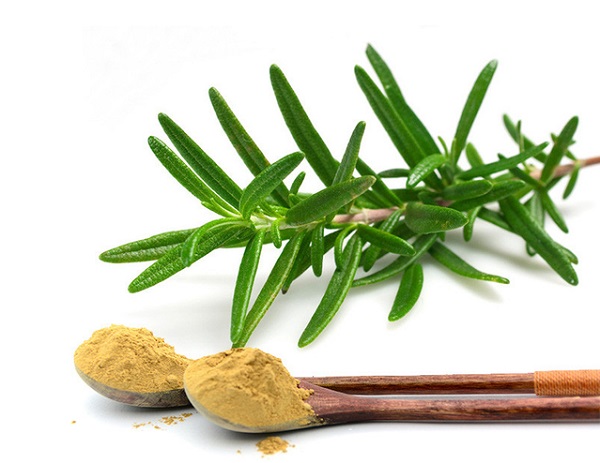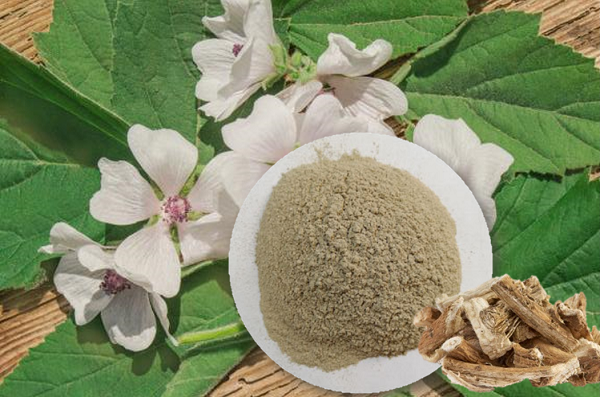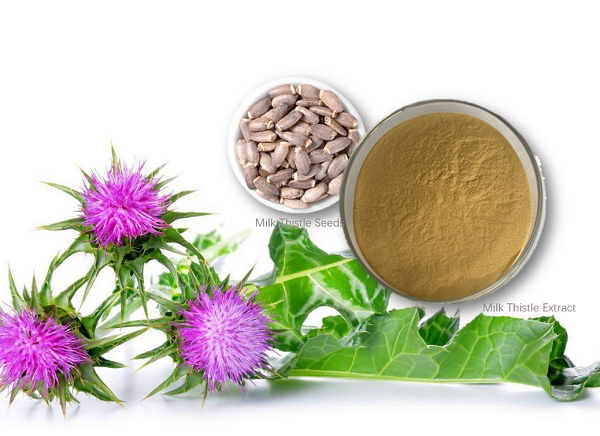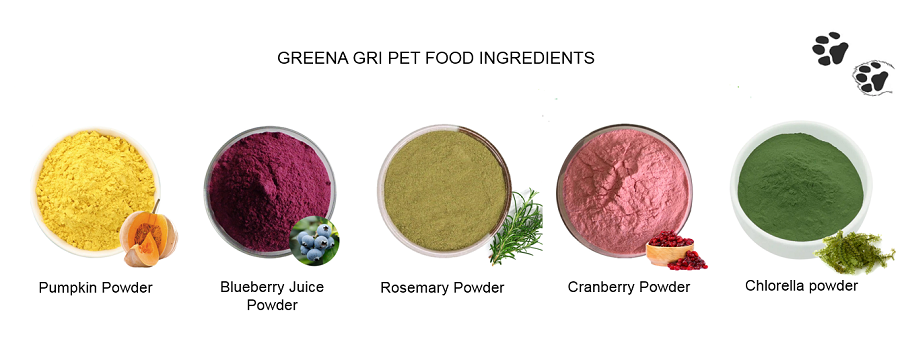Follow Us:
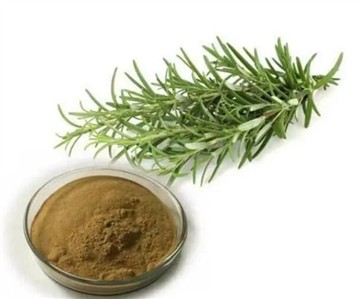
Can Dogs Have Rosemary Extract
can dogs have rosemary extract?
Rosemary remove is a typical fixing tracked down in different canine food sources and treats. It is frequently used to extend the shelf life of these products because of its antioxidant and preservative properties. However, the safety of rosemary extract for dogs has been the subject of some debate. This article will go into greater depth on this subject and provide responses to some of the most frequently asked inquiries regarding rosemary extract for dogs.
Rosemary is viewed as non-harmful to canines as per the ASPCA, and it might try and have medical advantages for your little guy.
Rosemary has a wide assortment of purposes, including filling in as a powerful element for cooking, offering therapeutic properties, and giving a sweet-smelling scent.
Rosemary is frequently touted as having a wide range of health benefits for both humans and animals, whether it is used fresh, dried, as an essential oil, or steeped and made into a tincture.
Although essential oils can be irritating to your pet’s skin and coat, you can diffuse the oil in your home to create a piney, sweet aroma. However, we do not recommend applying essential oils directly to your pet.

can dogs have rosemary oil?
Rosemary oil is an extremely concentrated form of the rosemary plant’s essential oil. Despite the fact that it has been used for centuries for its medicinal properties, large quantities of it can be toxic to dogs. As a result, rosemary oil should not be applied topically or orally to dogs without first consulting a veterinarian.
Why is rosemary extract in dog food?
Rosemary remove is regularly utilized in canine food as a characteristic additive. It has antioxidants that can help keep pet food from spoiling, which can make it last longer. Moreover, a few investigations have proposed that rosemary concentrate can have medical advantages for canines, like further developing processing and diminishing irritation.
Design Matters
While talking pet food, treats, or enhancements, Rosemary Medicinal ointment isn’t normally a fixing you’ll run over. All things being equal, an equation might incorporate new Rosemary, dried Rosemary, or Rosemary remove. So while there is some proof that proposes Rosemary, in Medicinal oil structure, could be harmful to your canine, there’s no examination to recommend the equivalent is valid for Rosemary or Rosemary remove.
A concentrate or unrefined substance has an alternate design, on a sub-atomic level, than a rejuvenating ointment. This implies that it influences your pet’s body in an unexpected way. It’s not precise to make claims about ‘Rosemary’ overall when the possibly poisonous substance is really a Natural oil, not a crude, dried, or removed type of the compound.
Consider Piece Size
The worry about Rosemary Medicinal ointments additionally specifies that it’s possibly poisonous to canines when they’re presented to huge amounts. Be that as it may, the equivalent is valid for individuals. What’s more, that doesn’t stop us, people, from partaking in the calming fragrance of rosemary.
Why? Since segment size matters! What’s more, remembering this prior to condemning an ingredient is significant. In the event that a review shows a fixing is possibly harmful when given to your pet in high dosages, this doesn’t mean you want to keep away from the fixing through and through. What it implies, is that need to take care of a safe-for-your pet part.
Really take a look at With Your Vet
While Rosemary has been named commonly alright for pets by the FDA, it’s in every case best to counsel your Vet prior to acquainting any new fixings with your pet’s eating routine. What works for one canine may not for another. Your Vet can assist you with coming to the conclusion about whether adding Rosemary to your canine’s eating routine is to his greatest advantage.
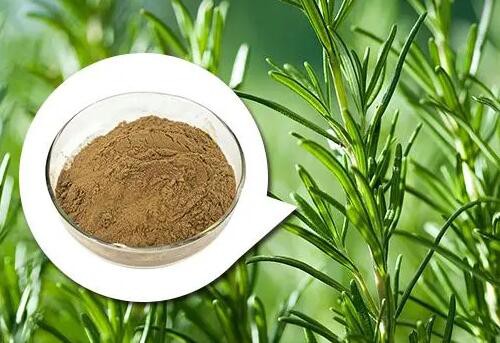
What are the side effects of rosemary extract in dogs?
While rosemary extricate is by and large viewed as safe for canines in little amounts, a few canines might encounter secondary effects. Dogs who take rosemary extract frequently experience the following:
– Vomiting, diarrhea, loss of appetite, and allergic reactions. If your dog consumes rosemary extract and exhibits any of these symptoms, you should immediately notify your veterinarian.
Are dogs allergic to rosemary extract?
Like any other ingredient, rosemary extract may cause allergic reactions in some dogs. You should steer clear of giving your dog any products that contain rosemary extract if you are aware of your dog’s allergy to rosemary or any other herbs in the same family, such as mint or sage.
Is rosemary extract a neurotoxin for dogs?
There have been some worries that rosemary extract could be toxic to dogs’ nerves. This is due to the presence of a substance in rosemary known as 1,8-cineole, which has been demonstrated to have neurotoxic effects in some species. However, it is essential to keep in mind that rosemary extract’s levels of 1,8-cineole, which are typically utilized in dog food, are generally regarded as safe.
In conclusion, when used in the right amounts, rosemary extract can be a safe and beneficial ingredient in dog food. However, if your dog consumes products that contain rosemary extract, it is essential to keep an eye out for any indications of allergic reactions or side effects. Consult your veterinarian whenever you have any questions about your dog’s diet.
References:
https://pupford.com/essential-oils-and-dogs/
– National Library of Medicine. “Rosemary”. https://medlineplus.gov/druginfo/natural/154.html
– Kiewiet, M.B.G. et al. (2007). “The Effect of Rosemary Oil and Delipidized Rosemary Extract on the Oxidative Stability of Rapeseed Oil”. Journal of Food Science, vol. 72, no. 9, pp. S552-S556.
– Zanghi, B.M. et al. (2021). “Assessment of 1,8-Cineole Neurotoxicity in Male Sprague-Dawley Rats”. Environmental Toxicology and Pharmacology, vol. 84, p. 103583.













